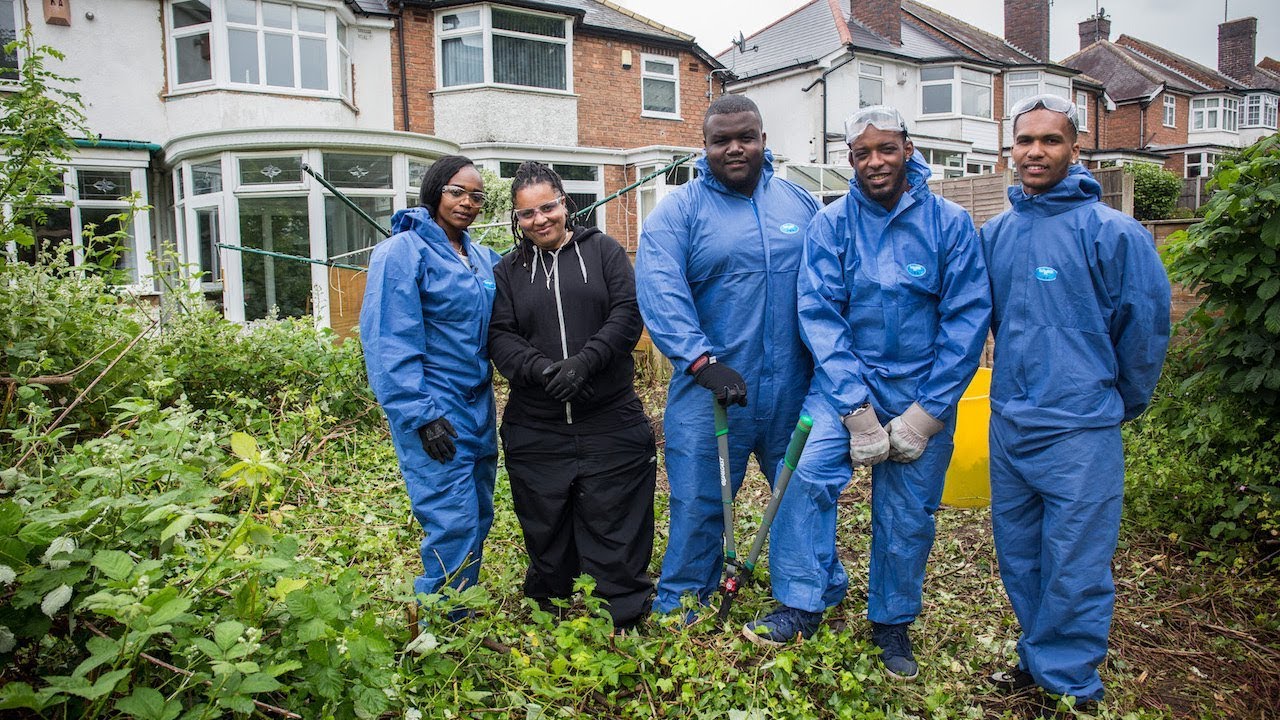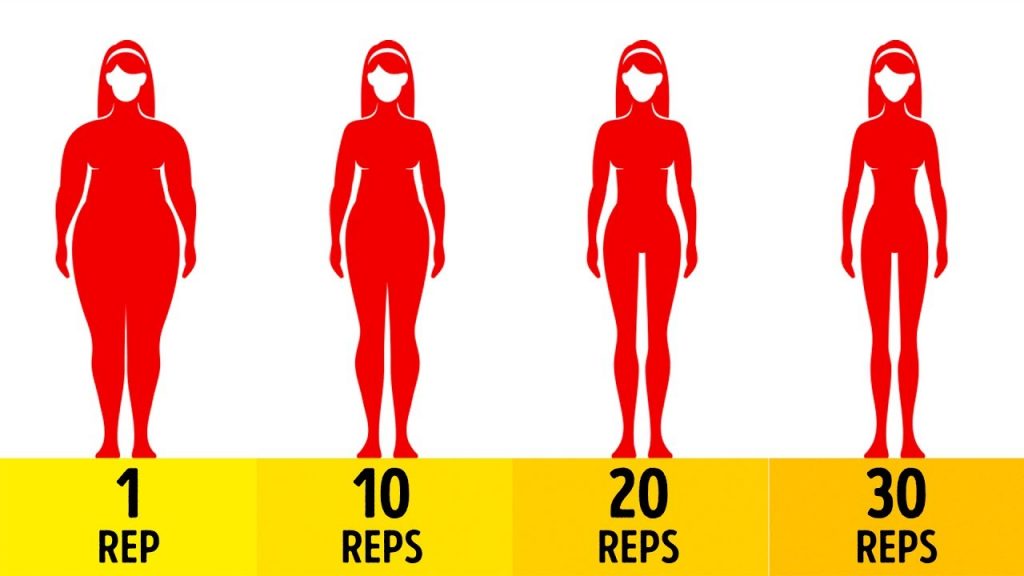The Hoarder Who Can’t Get Into His Own House | BRITAIN’S HIDDEN HOARDERS

Mental Health
The Hoarder Who Can’t Get Into His Own House.
Why do many hoarders feel ashamed and reluctant to seek help?
Britain’s Hidden Hoarders are individuals who possess an insatiable urge to accumulate and hold onto stuff, regardless of its worth or importance. For many, this compulsive behavior amounts to a simple inconvenience, but for others, it can spiral into a crippling disorder that ultimately leaves them unable to live in their own homes.
One such individual is a man called Michael in East Sussex, England. Michael is a self-confessed hoarder who has amassed so much clutter over the years that he can no longer access most areas of his house. Not only is his home uninhabitable, but it has also become a safety risk. In fact, he has had several falls in his home due to the piles of clutter that lie strewn across his floors.
Michael’s problems are not exclusive to his home – he is also unable to use his garage, as it’s absolutely filled to the brim with items that he has accumulated over the years. Michael’s hoarding disorder has robbed him of his independence, and he relies heavily on his family and friends for support.
When compared to the conventional image of a hoarder – the older person who collects newspapers and magazines – Michael’s case is very different. He is a relatively young man, who began hoarding in his 20s after experiencing a severe bout of depression. As he continued to accumulate things, the clutter took on a life of its own, as he struggled to throw anything away.
Michael is not alone in his struggle. The UK’s National Health Service estimates that 2-5% of the population experience hoarding disorder, a mental health condition characterized by the excessive acquisition of and inability to discard possessions, regardless of their actual value. An individual with hoarding disorder also persists in storing items, even when the clutter interferes with the use of living spaces in the home.
The condition often goes undiagnosed, and people are often too ashamed to seek help. Traditionally, hoarding disorder has been seen as a type of obsessive-compulsive disorder, but it has now been classified as a distinctive disorder that requires specific interventions, such as cognitive-behavioral therapy and medication.
In Michael’s case, he has sought support from his family and friends, as well as the NHS, to help him tackle his hoarding disorder. He is currently working with his local council to develop a plan that will allow him to re-enter his home and remove the clutter. This will involve a thorough decluttering process, which will require Michael to make some tough decisions about what to keep and what to throw away.
Michael’s story highlights the need for an increased awareness of hoarding disorder, both in terms of identifying those who may be affected and in providing actual support for those who need it. While hoarding can seem like a trivial matter, it can have a significant impact on people’s lives, leaving them isolated and unable to live normally. But with the right interventions, help is available for those who need it, allowing them to regain control of their homes and their lives.









Benefits of Not Ejaculating for 30 Days – (Explained In Depth)
Jamie Oliver’s principles for superb salads
How to Treat Your Thinning Hair Holistically and Thicken it Without Surgery
Yoga To Shift Perspective | 20 Minute Yoga Flow
6 Reasons You’ve Been Drinking Water Wrong